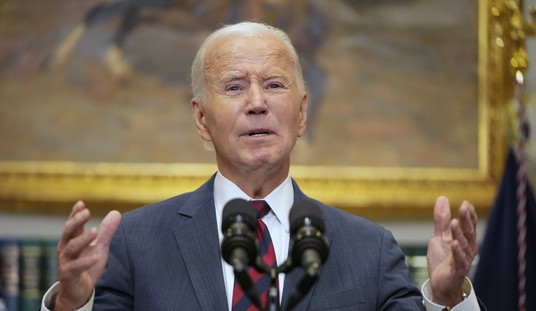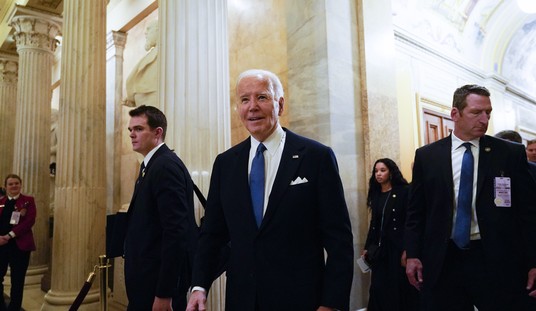Pessimism has taken hold of the environmental movement and created an air of apocalyptic panic. Opinion leaders tell us that climate change will bring humanity to extinction. Some even suggest we should all commit species suicide rather than continue damaging the environment. This pessimism has little relation to scientific fact. Pessimism and scientific problems go hand-in-hand: interest groups exaggerate a problem’s scale to push their agenda, and the media try to cash in by adopting the rhetoric of a disaster in progress. But have no fear: doomsday prophecies never quite materialize.
Scientific problems seldom live up to all the hype. Acid rain, the “Population Bomb,” the hole in the ozone layer and the Y2K bug all prompted predictions of the world’s end. Yet here we are, still extant. The new panic du jour just happens to be climate change.
Just look at the predictions from the first Earth Day in 1970. Speaker after speaker proclaimed overpopulation or acid rain would finish civilization. Climate change is certainly happening – overwhelming scientific evidence suggests that increasing carbon dioxide emissions will raise world temperatures in the coming decades – but it won’t be the death of civilization. Mainstream scientists (but not the media, nor the activists) know that global warming has been “paused” for roughly 15 years and that the U.S.’s emissions are falling rapidly.
While the pause is likely temporary and global warming will start to creep along again, the solutions environmentalists favor are some of the least practical. Environmental groups use panic to push policies that benefit them, like massive taxpayer-funded subsidies to inefficient “green” energy sources like solar panels.
Presently, the vast majority of “renewable” energy comes from biomass, also known as burning wood. This pollutes the atmosphere, but environmental groups are careful not to advertise their hypocrisy, even as the percentage of renewable energy as a proportion of total power generated increased from 13.12 percent in 1971, the first year that the IEA reported global statistics, to 12.99 percent in 2011.
In the International Energy Agency’s most optimistic scenario, wind will provide only 1.34 percent of global energy by 2035, while solar will provide 0.42 percent, because no amount of taxpayer money can make those sources efficient. Ironically, this makes the biggest roadblock to emissions reduction programs environmentalist groups like the Sierra Club.
Recommended
The media and subsidy-seekers have no incentive to mention that the U.S.’s emissions have declined to the point that the U.S. would have met its obligations under the Kyoto Protocol had we signed it. This decline has occurred not because of “green” energy subsidies, but because clean natural gas is replacing coal and it leaves a greenhouse gas footprint roughly 1/3rd of coal’s. Hydraulic fracturing (“fracking”) and horizontal drilling executed over the screaming objections of the environmental movement made the newfound abundance of natural gas possible. Emissions have fallen 12 percent between 2005 and 2012 and are at their lowest level since 1994 according to the EIA. They’re set to keep falling, too, but no environmental group will ever mention that, because it might dim the public’s sense of panic.
Groups that benefit from environmental pessimism have an incentive to prevent actual solutions. Thanks to rapid free market innovations like fracking, Americans will have abundant energy in the future, and demand for natural gas is spiking worldwide. Despite the common sense of both using and exporting natural gas, many environmentalists want to ban fracking or regulate it into impossibility and instead put money into ineffective solutions, which just happen to line their pockets.
The leaders and misled followers of the cult of environmental panic would rather hold out for pipe-dream solutions like roads built of solar panels than reduce emissions right now using natural gas. If they truly cared about the planet, groups like the Sierra Club would be supportive of natural gas and its many environmental benefits, compared to the coal power it is replacing.
Human innovation through the free market is continually solving problems that environmental groups have spent decades merely “raising awareness” about. Global warming won’t end civilization. Our ability to comprehend and meet environmental challenges is evolving rapidly, and the problem is not as urgent as you have been told. So don’t believe the pessimists. Humankind will be here for a long time to come.

























Join the conversation as a VIP Member